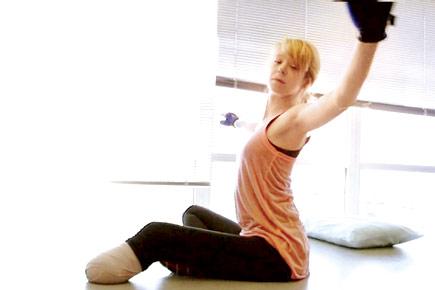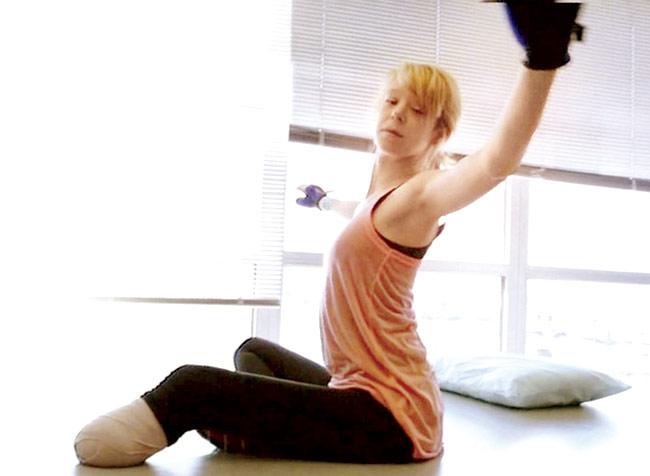The dance teacher spent a year working with Hugh Herr, who created a revolutionary prosthetic limb for her

Vancouver: After dance teacher Adrianne Haslet-Davis lost part of her leg in the Boston Marathon bombing last year, she made a promise to herself that she would perform again.
ADVERTISEMENT

Despite knowing her life had changed, Haslet-Davis was determined to return to her passion
She spent the next year of her life working with Hugh Herr, who outfitted her with a revolutionary prosthetic limb, to relearn the basic dance moves that once came naturally to her.
Onstage at TED in Vancouver on Wednesday, she danced publicly for the first time since her amputation. The audience stood on their feet throughout Haslet-Davis’ performance, as she sashayed across the stage. Meanwhile, Herr, who was speaking at the conference, stood to Haslet-Davis’ right, out of the spotlight, beaming with pride.
Herr, who heads MIT’s Biomechatronics research group, said, “I understood her dream to return to dance.” Herr, who is a double amputee, at age 7, wanted to be the world’s greatest mountain climber; but that dream almost fell apart when he had a climbing accident at age 17, and lost both legs due to severe frostbite.
Like Haslet-Davis, Herr was determined to return to his passion for him, that was the mountain. So, when Haslet-Davis wanted to dance again, he agreed to make that happen, knowing full well that building a limb that would allow this movement would be one of the toughest challenges of his career.
“It was so new, we’d never looked at something like dance,” he said. Because limbs like Haslet-Davis’ are made for the individual, it feels natural the second she puts it on no training required.
“The value of carefully modeling normal human function is that when you fit the device to the human, [she] already knows it,” Herr said. “Patients often say ‘I have my body back’. We’ve taken the first step. But by no means is it the last.”
 Subscribe today by clicking the link and stay updated with the latest news!" Click here!
Subscribe today by clicking the link and stay updated with the latest news!" Click here!











